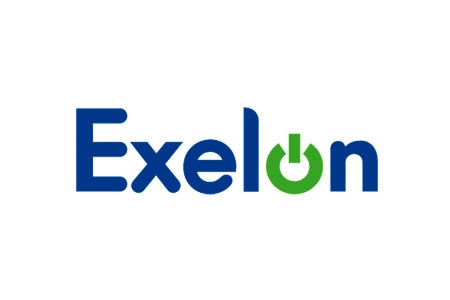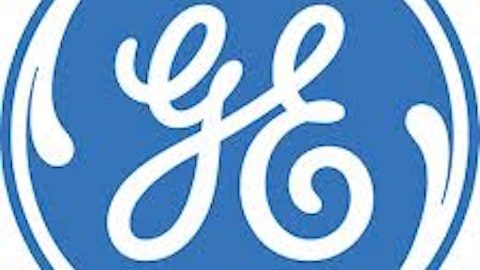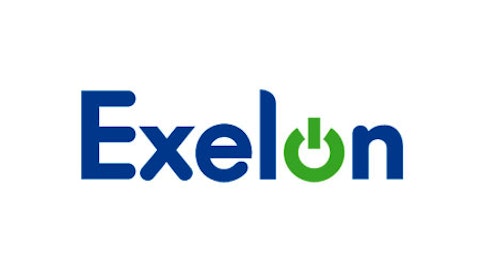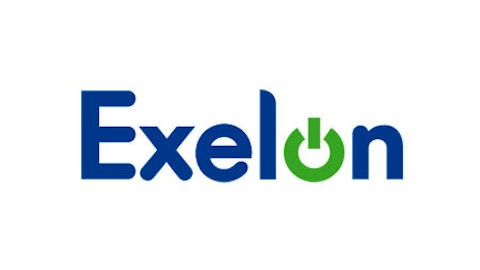Shares of Exelon Corporation (NYSE:EXC) have rallied during 2013 by nearly 6.8%. But the company’s stock has yet to recover from its tumble by 29% during 2012. The company’s management has recently decided to slash the dividend payment. This decision, however, was already taken into account a few months back when the rumors already had started. This decision might pull away many investors who seek a high dividend yield investment. One reason that could keep investors in this company despite the drop in dividend payment is if Exelon augment its value. Let’s explore these issues in further detail.
Exelon has recently announced it will cut its dividend payment by 41% from $0.525 per share to $0.31 per share. This means, at the current stock price of the company, the annual yield will drop from 6.6% to 3.9%. This fall in dividend payment will put Exelon’s dividend yield below the annual yield of other leading utilities companies such as Duke Energy Corp (NYSE:DUK), FirstEnergy Corp. (NYSE:FE) or American Electric Power Company, Inc. (NYSE:AEP). The current annual dividend yields of these companies are 5.45%, 4.21%, and 4.42%, respectively.

Exelon isn’t the only utility company in such a situation: Duke Energy had a free cash flow nearly null in the first nine months of 2012 so that the company wasn’t able to pay its $1.2 billion dividend from its cash flow. American Electric Power had a free cash flow of $631 million, which also doesn’t cover the $687 million dividend payment. So Exelon is in the same boat as other utilities companies in terms of paying dividend with free cash flow. Therefore, I think the second reason is the main factor for the dividend cut.
The second reason is Exelon ongoing rise in capital expenditures. Exelon keeps augmenting its capital expenditures that grew by 43% in 2012 compared to 2011. The total capital expenditures reached $5.8 billion. These expenditures might eventually lead to a rise in Exelon’s revenues. The caveat is that such an investment, especially in the utility industry, could take a long time. And quoting John Maynard “in the long run we are dead”… so that this direction might not be such a selling point for investors who wish to get back their investment over time.
In the meantime, the company’s profit margin might continue to be below the profitability of other utility companies. This is another factor that could make Exelon less attractive for an investment.
Despite the sharp fall in Exelon’s stock during last year, the company was still capable to show growth in revenues: its net revenues rose by 23% to reach $23.5 billion in 2012. Despite this growth, the company’s operating profitability fell from 24% in 2011 to 11%. In comparison, the profit margin of other utility companies ranged from 17% for Duke Energy to 21% for American Electric Power Company. One of the reasons for the different profit margins is the different “production function” of these companies.




